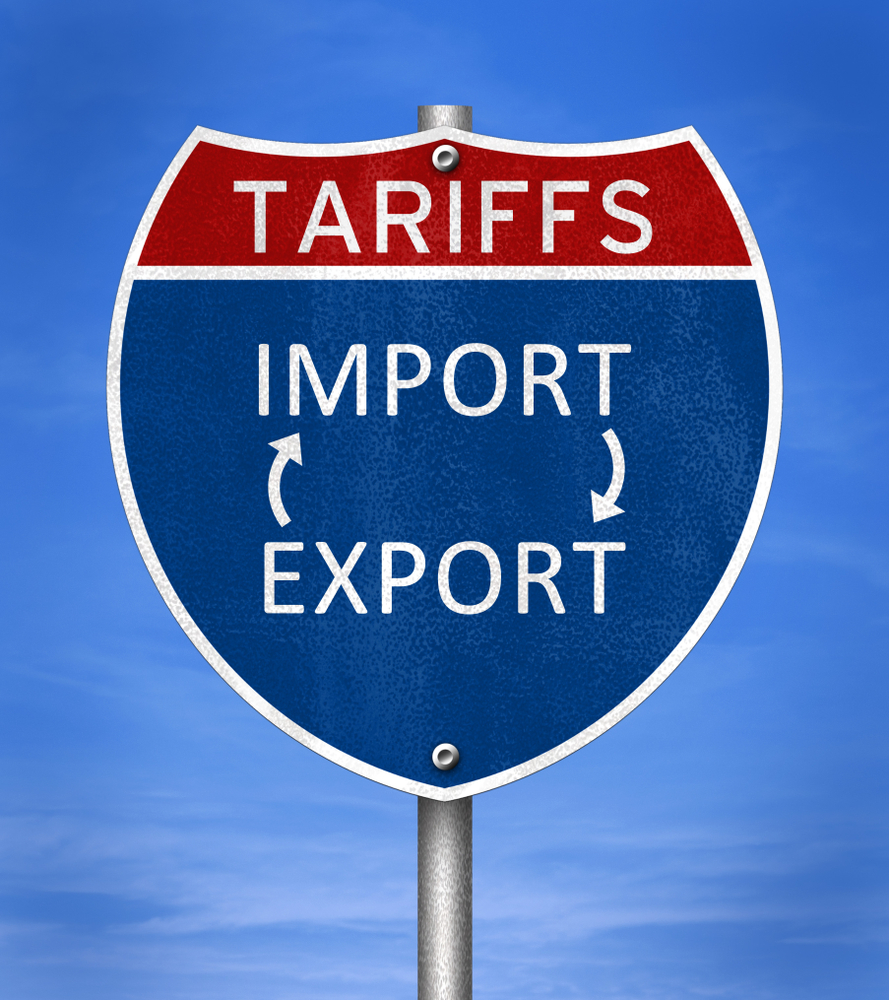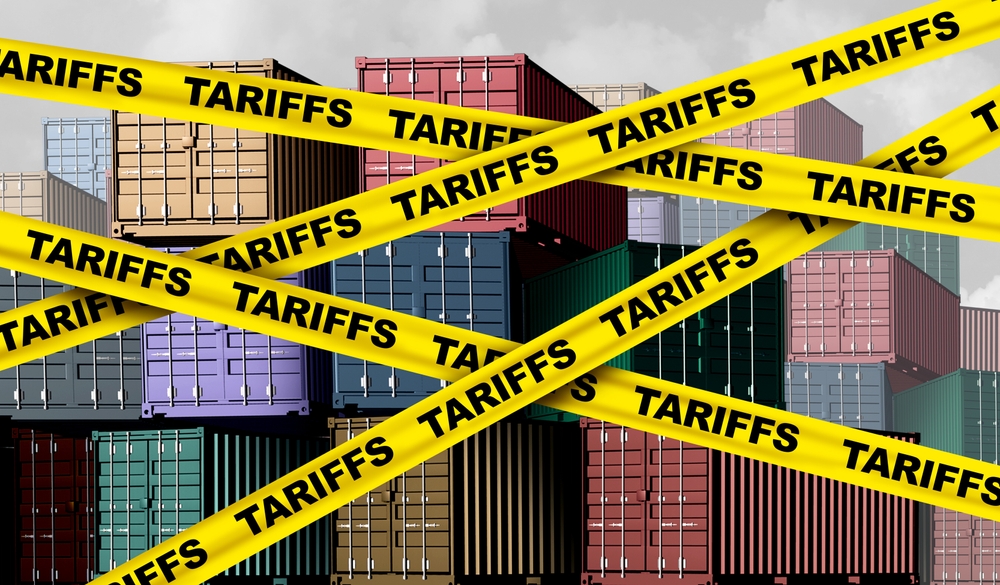Introduction
Over the past several years, the United States has periodically imposed or threatened to impose tariffs on goods imported from Mexico and Canada. These measures, part of a broader tariff policy, are essentially taxes levied on imported goods and are often intended to protect domestic industries, address perceived trade imbalances, and promote fair competition. Proponents argue that when implemented alongside international trade compliance standards, tariffs can encourage the reshoring of manufacturing and foster an environment in which U.S. producers gain an edge in both domestic and international markets. When these trade dispute resolution efforts are thoughtfully applied, they may bring tangible benefits that resonate throughout the American economy.
Protecting Domestic Industries
One of the key motivations behind imposing tariffs on Mexico and Canada is safeguarding domestic manufacturing jobs. Tariffs can help U.S. producers remain competitive by elevating the cost of imported goods that would otherwise undercut local prices. When cheaper foreign products flood a market, American companies may struggle to maintain profit margins. By increasing import costs through tariffs, it becomes less attractive for businesses to rely solely on foreign suppliers, potentially prompting them to maintain or expand U.S.-based production lines. This bolstered production can translate into job retention or growth across sectors like automobile manufacturing, textiles, and consumer goods assembly—areas often supported by manufacturing consulting and industry-led initiatives.
Supply Chain Resilience
Beyond manufacturing, tariffs can also incentivize the development of strategic supply chains within the United States. Continuous reliance on international suppliers for essential materials or components exposes domestic businesses to currency fluctuations, foreign policy shifts, and unforeseen disruptions in the global supply chain. By instituting tariffs, policymakers encourage firms to reevaluate supply chain vulnerabilities. This often drives greater investment in local infrastructure, domestic research, and regional partnerships—elements that can stabilize prices for consumers and bolster national security. Such moves can also attract the attention of economic policy consulting firms, as companies seek guidance on optimizing their operations under new trade conditions. Over time, investing in industrial real estate and other local assets can reduce foreign dependency while strengthening American competitiveness.
Addressing Trade Imbalances
Proponents of tariffs on Mexico and Canada argue that these duties help address perceived imbalances in cross-border trade. Some American businesses and workers contend that certain import export consulting frameworks have allowed foreign competitors access to U.S. markets without equivalent reciprocal opportunities. Imposing tariffs can prompt renegotiations for more equitable terms in new or updated agreements, potentially yielding conditions favorable to U.S. exporters. Viewed through this lens, tariffs become both a defensive tool and a bargaining chip, allowing the United States to pursue fairer trade dispute resolution and secure more reciprocal market access—outcomes that align with the broader objective of safeguarding American labor and environmental standards.

Macro Benefits of Tariffs
There are also broader macroeconomic arguments in favor of a calculated tariff policy. In industries where U.S. companies hold a competitive advantage, tariffs may protect local jobs and cultivate the next generation of skilled labor. If tariffs on certain auto parts from Mexico encourage a shift of assembly lines back to the United States, communities in manufacturing corridors could witness a resurgence in employment and economic development. This elevated economic activity generates additional tax revenue that governments can reinvest in public services or infrastructure. Although some consumers may face higher prices on certain goods in the short term, advocates believe that a robust and diverse manufacturing base can offset those costs in the long run, ultimately driving sustainable growth within the domestic manufacturing sector.
Controversies and Risk
It is crucial to note, however, that tariffs are not free from controversy. Some critics argue that new duties can incite retaliatory actions, creating uncertainties for American exporters who rely on foreign markets. Others worry about rising costs for businesses that depend on imported materials, which can inflate consumer prices. Small businesses lacking the resources to overhaul their supply chains may find themselves caught between increased import costs and the need to remain competitive. In the context of tariffs on Mexico and Canada, the close economic ties among North American nations mean higher duties could temporarily disrupt deeply rooted trade relationships. Still, supporters maintain that short-term disruptions can be worthwhile if they lead to improved domestic competitiveness and a more equitable trade framework, ultimately reducing global market volatility for key U.S. industries.

Conclusion
In the end, tariffs on Mexico and Canada reflect a broader debate on the best ways to safeguard American industries, workers, and long-term economic interests. While detractors emphasize potential consumer cost increases and global supply chain complications, proponents underscore the potential for job growth, more resilient operations, and strategic leverage in negotiations. Each tariff decision must balance immediate price impacts and trade flow disruptions against the future benefits of revitalized local production and fairer market terms. If carefully planned and monitored, a well-executed tariff policy can help cultivate stronger domestic industries and offer a measure of protection against external economic shocks. Whether or not these tariffs deliver on their promises depends largely on precise implementation, the responses of trading partners, and the adaptability of American businesses. By embracing a strategy that merges thoughtful tariff use with supportive policies, the United States could expand its industrial capabilities and secure a more resilient economic foundation in the years to come.
Q&A: Understanding Tariffs on Mexico and Canada
Q1: What are tariffs, and why are they used specifically against Mexico and Canada?
A1: Tariffs are essentially taxes on imported goods, often enforced as part of a broader tariff policy. The United States has periodically imposed or threatened tariffs on Mexico and Canada for various reasons, including protecting domestic manufacturing from cheaper foreign competition and encouraging international trade compliance. These measures aim to protect American industries, address trade dispute resolution issues, and ensure a fair playing field in North America’s heavily interconnected markets.
Q2: How do tariffs help protect U.S. manufacturing jobs?
A2: By increasing the cost of imported products, tariffs can make it more attractive for businesses to source or produce goods locally. Without tariffs, cheaper foreign goods might undercut American-made products in price, leading to potential layoffs or factory closures. When tariffs elevate import costs, it encourages companies to maintain or expand domestic manufacturing, potentially safeguarding jobs in automobile plants, textile mills, and consumer goods assembly lines. Over time, this domestic production can also spur investment in industrial real estate, research, and development across various sectors.
Q3: How do tariffs affect supply chain resilience in the United States?
A3: Dependence on international suppliers exposes businesses to sudden policy changes, currency swings, or disruptions in the global supply chain. By imposing tariffs, policymakers encourage American firms to reevaluate their reliance on foreign materials or components. Some may look to economic policy consulting firms to optimize their operations and reduce vulnerabilities. As companies invest in local partnerships and infrastructure, they become more self-reliant, helping stabilize prices for consumers and ensuring critical goods remain available, even amidst global market volatility.
Q4: Do tariffs on Mexico and Canada address trade imbalances?
A4: Yes. Proponents argue that past import export consulting arrangements allowed foreign competitors to enter U.S. markets under conditions not always reciprocated for American businesses. Tariffs can serve as both a defensive tool and leverage in trade dispute resolution, prompting new or revised agreements. If such negotiations succeed, they may yield fairer terms for U.S. exporters, potentially reducing trade deficits and aligning with American labor and environmental standards.
Q5: What broader economic benefits could tariffs bring?
A5: Tariffs can help certain industries remain competitive globally and protect local jobs. For instance, if tariffs on specific auto parts from Mexico shift assembly lines back to the U.S., communities in manufacturing regions may experience job growth and a boost in local tax revenues. This economic momentum can fund public services or infrastructure upgrades. Although consumer prices might rise in the short term, advocates contend that a diverse and robust domestic manufacturing base offsets these costs over the long run by fostering innovation and higher-skilled labor.
Q6: Are tariffs controversial, and why?
A6: Absolutely. Critics highlight that tariffs can provoke retaliatory actions, raising costs for U.S. exporters relying on foreign markets. Small businesses lacking the resources to adapt may struggle to remain competitive with higher import expenses. In the North American context, the close ties among the U.S., Mexico, and Canada mean global supply chainrelationships could be disrupted. Yet supporters maintain that strategic tariffs, if well-implemented and monitored, can bolster U.S. economic sovereignty and solidify local industries—particularly when combined with economic policy consulting and coherent policy frameworks.
Q7: What is the long-term outlook for tariffs on Mexico and Canada?
A7: Policymakers and industry leaders continue to view tariffs as a means to ensure fair trade and stimulate domestic manufacturing growth. Whether these measures achieve lasting success depends on precise implementation, trading partners’ responses, and how quickly American businesses can adapt. If carefully managed, a nuanced tariff policy may help the United States expand its industrial capacities, reduce global market volatility, and secure a resilient economic foundation in the long run.
